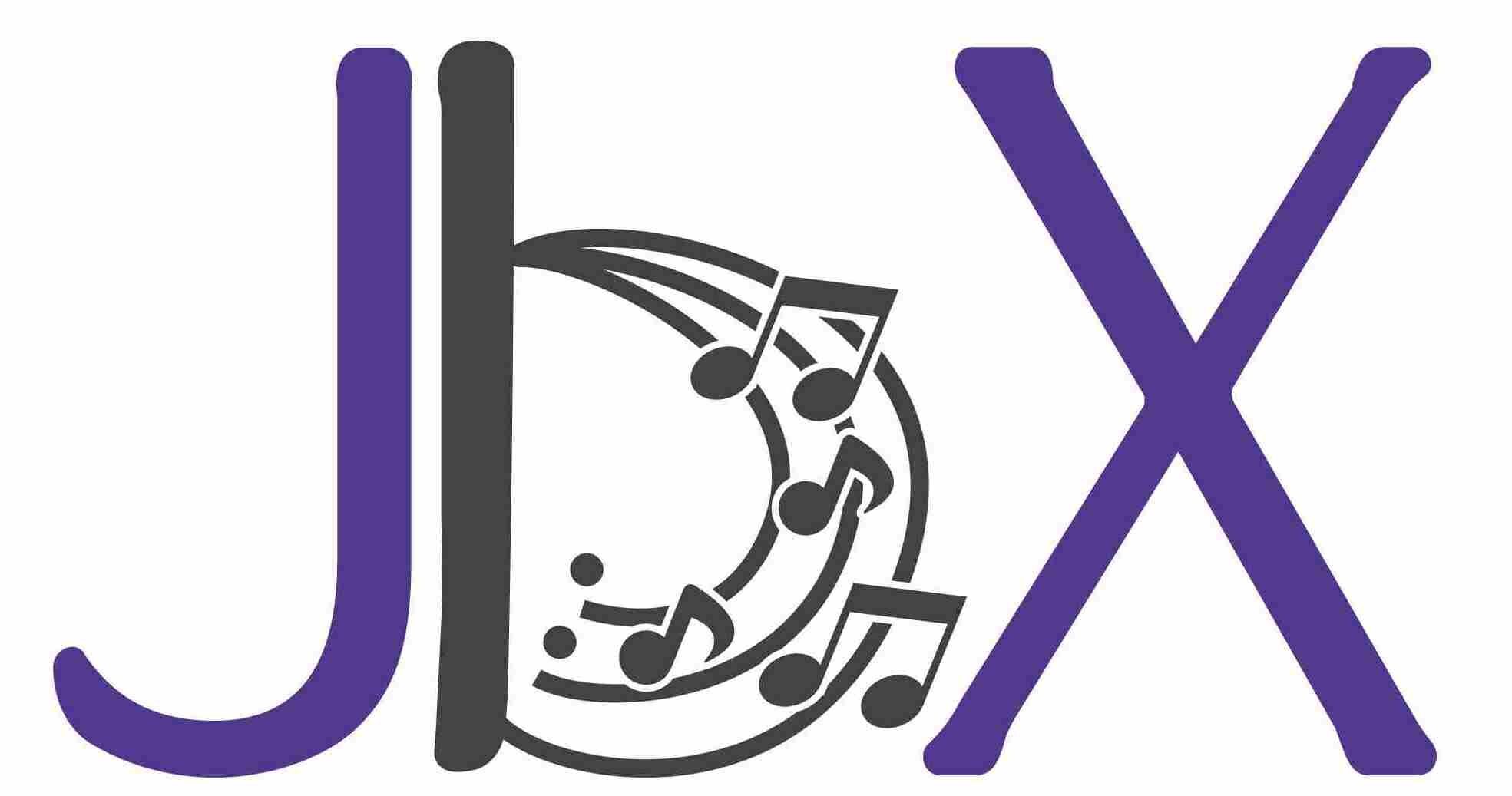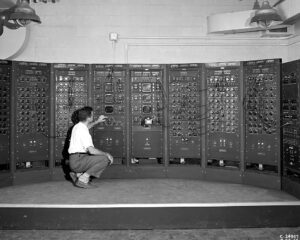What is a Digital Computer?.
A digital computer is a type of electronic device that processes data using numerical values represented in a binary system (0s and 1s). It performs calculations, stores and retrieves data, and executes predefined instructions through a series of electronic circuits. Digital computers have become ubiquitous in modern society and are essential for various applications, ranging from simple calculations to complex tasks like simulations, data analysis, and running sophisticated software.
Key characteristics of digital computers include:
-
Binary Representation: Information is represented using binary digits (bits), where each bit can be either a 0 or a 1. This binary system forms the basis for all digital data manipulation.
-
Processing Unit: The central processing unit (CPU) is the core component responsible for executing instructions, performing calculations, and managing data.
-
Memory: Digital computers use memory to store data and instructions temporarily (RAM – Random Access Memory) or permanently (storage devices like hard drives or SSDs).
-
Input and Output Devices: Digital computers interact with users and other devices through input devices (e.g., keyboards, mice) and output devices (e.g., monitors, printers).
-
Programmability: Digital computers are programmable machines, meaning they can be instructed to perform a wide range of tasks by running different software programs.
-
Speed and Accuracy: Digital computers operate at high speeds and with a high degree of accuracy, making them suitable for complex calculations and data processing tasks.
-
Electronic Circuits: The fundamental building blocks of digital computers are electronic circuits, such as logic gates and flip-flops, which manipulate binary data.
-
Digital Signal Processing (DSP): Digital computers excel at processing digital signals, making them essential in applications like telecommunications, audio processing, and image processing.
The digital computer has become an important presence in our lives, from the smartphones in our pockets to the powerful machines that run the internet. But what exactly is a digital computer, and how does it work? In a nutshell, a digital computer is a machine that processes information in the form of discrete, distinct values. Unlike an analog computer, which uses continuous signals, a digital computer works with bits, which can either be a 0 or a 1. By manipulating these bits and performing calculations on them, a digital computer can perform a vast array of tasks, from simple mathematical operations to complex simulations.
Here’s a deeper dive into the world of digital computers:
How It Works?
- Hardware: This refers to the physical components of the computer, such as the central processing unit (CPU), memory, storage devices, and input/output (I/O) devices. The CPU acts as the brain of the computer, fetching instructions and data from memory, performing calculations, and controlling other components. Memory stores data and instructions for the CPU to access. Storage devices, like hard drives and solid-state drives, hold information more permanently. I/O devices allow users to interact with the computer by providing input (keyboards, mice) and receiving output (monitors, printers).
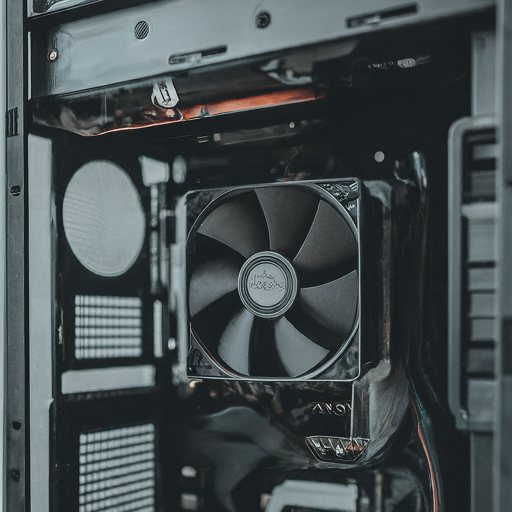
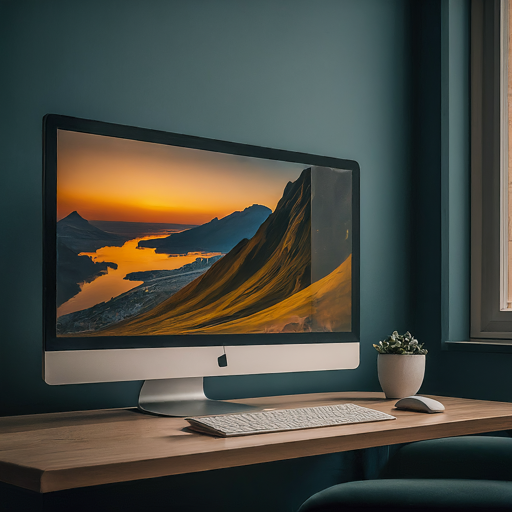
- Software: This is the set of instructions that tells the computer what to do. Software can be broadly categorized into system software, which manages the computer’s resources, and application software, which allows users to perform specific tasks like word processing, web browsing, or playing games.
Why digital?
Digital computers offer several advantages over analog computers: Accuracy: Digital information is less prone to errors and noise compared to analog signals. Versatility: Digital computers can handle various data types, including numbers, text, and images, making them suitable for a wide range of applications.
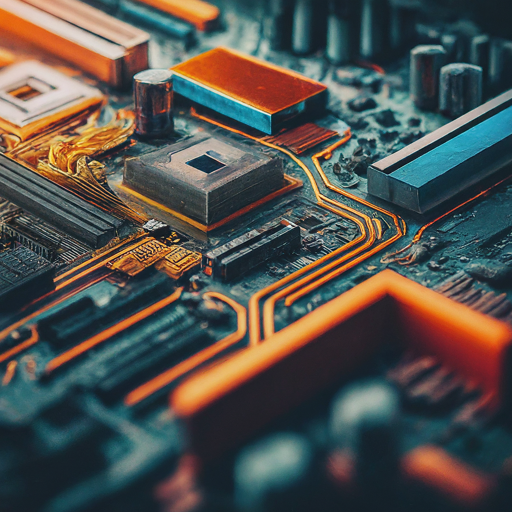
Processing power: Modern digital computers have immense processing power, allowing them to tackle complex tasks in seconds.
